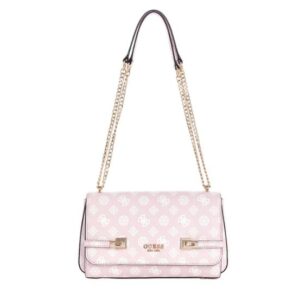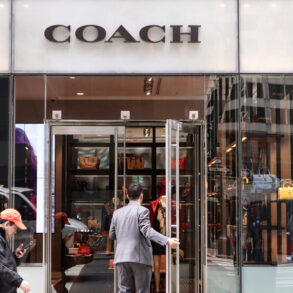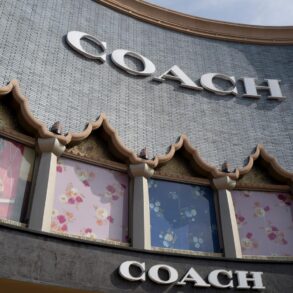Scrolling through TikTok or Instagram, it’s hard to escape the flow of social media influencers flashing a new Rolex watch or Bugattis. From designer bags to multimillion-dollar cars, these are the symbols of wealth and affluence millennials and Gen Z, people born between 1981 and 2012, are inundated with daily. And for many of them, it’s reflected in their long-term wealth investment strategy.
The 2024 Bank of America Private Bank Study of Wealthy Americans report found that nearly 3 in 4 (72%) younger people (ages 21-43) believe it is no longer possible to achieve above-average returns by investing solely in traditional stocks and bonds, compared to only 28% of people over 44 who hold the same view.
That same report found that wealthy millennials and Gen Zers allocate three times more of their investment portfolios to alternative investments, such as luxury goods, than other generations.
“Gen Z’s interest in luxury goods is driven by several factors. These items are status symbols which are important for many people, not just Gen Z’s. Displaying these items on social media and the influencer culture significantly shape their preferences,” wealth coach and financial planner Stuart Porter told Arabian Business. Porter also noted that these alternative investments are a “high risk” strategy requiring specialist knowledge.
According to Porter, there are many reasons why alternative investments can be a trickier prospect. Fashion and trends change from one moment to the next. At one time, something is desirable, only to lose its appeal the next. There is also a limited market for these objects, so liquidating them could be difficult if needed. Finally, maintaining the condition of an item is also crucial to keep its value. Unless the item is a sports shoe worn by a famous player, it will unlikely bring in a good profit.
Since the start of the COVID-19 pandemic in 2020, luxury brands have experienced a bumpy ride. Slowing luxury markets have impacted brands like LVMH as consumers have become more strategic about how they shop. Purchasing luxury pieces that hold value on the secondary market has been a point of emphasis.
For example, stored handbags like the Chanel flap bag and the Hermès Birkin or Kelly have historically appreciated in value, no matter the upheavals that have racked the market. As of April 2023, the Birkin bag has increased in value by 41% since 2021, and the Chanel flap bag has increased by 16% since 2022, according to the South China Morning Post’s Style section. That has held true in the secondary market as well, with auction houses Christie’s and Sotheby’s each growing their handbag businesses in the past 10 years, according to The Wall Street Journal.
To understand where people are putting their money, The RealReal used Knight Frank data to explore the trend of investing in wearable luxury.
![]()





